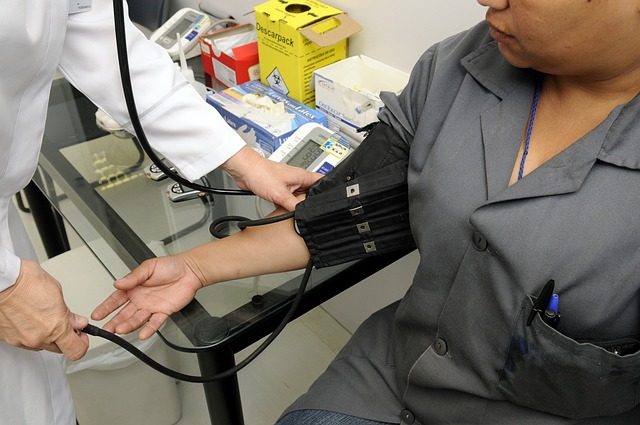Navigating Melting Landscapes: The Critical Role of Risk Assessment in Environment and Climate Change
As our planet undergoes profound transformations, the phrase “melting landscapes” has started to define not just a physical shift but a stark warning signal about the ramifications of our changing environment. With glaciers retreating and polar ice caps diminishing, the impacts of climate change are felt everywhere, from rising sea levels to the disruption of entire ecosystems. In this rapidly changing landscape, risk assessment emerges as an essential tool in our fight against the looming challenges posed by environmental degradation.
Risk assessment serves as a vital mechanism for identifying and understanding potential hazards. By analyzing probable outcomes, we can prepare for adverse effects and devise strategies to mitigate them. For instance, coastal cities experiencing increased flooding due to sea-level rise rely on risk assessments to shape infrastructure projects and emergency response plans. This proactive approach not only bolsters resilience in vulnerable areas but also safeguards lives and resources.
The environment is a complex system, interconnected and interdependent. What happens to one ecosystem can reverberate across the globe, impacting wildlife, biodiversity, and human populations. As we navigate through these melting landscapes, understanding the breadth of risk associated with climate change becomes imperative. By conducting comprehensive risk assessments, we can pinpoint vulnerable regions and species, forecasting how environmental shifts may impact them. This knowledge fuels informed decision-making, guiding effective conservation efforts while also helping communities adapt to ongoing changes.
Climate change is not merely a distant fear but an immediate reality that warrants our attention. Extreme weather events, like hurricanes, wildfires, and droughts, are increasingly common and devastating. By implementing rigorous risk assessment methodologies, we can analyze historical data and model future climate scenarios. This enables us to better understand the vulnerabilities in our systems and plan for these inevitable challenges, thus reducing the potential for disaster and enhancing overall community resilience.
The role of technology in risk assessment processes cannot be overlooked. Remote sensing, geographic information systems (GIS), and advanced modeling techniques allow us to visualize changes within our environment. These tools provide insight into areas of concern and help us forecast risks associated with climate change. For example, scientists can observe melting glaciers in real time, analyzing how this affects water supply and local economies. This informed approach not only aids in immediate response efforts but also contributes to long-term strategic planning.
Ultimately, as we continue to face the ramifications of melting landscapes and the severity of climate change, embracing risk assessment is paramount. It’s not just about numbers and algorithms; it’s about people, ecosystems, and futures at stake. Acknowledge the urgency of now, incorporate risk assessments in decision-making, and become a part of the collaborative effort to combat these critical issues. In safeguarding our environment, we also secure our own survival and that of generations to come.



